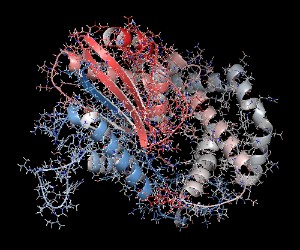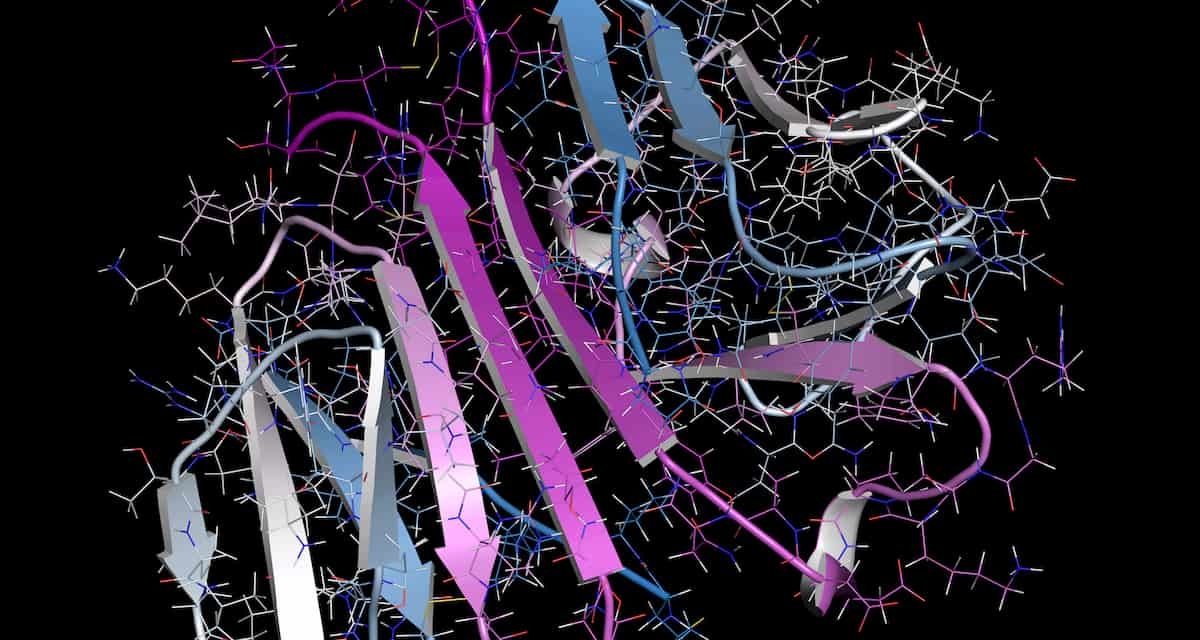Share this
monitoring immunosuppressive agents: 3 advances you should know about
by Neoteryx Microsampling on Feb 25, 2020 7:00:00 AM
 Immunosuppression prevents and treats acute rejection and graft damage during kidney transplantation. The development immunosuppressive agents such as tacrolimus, cyclosporine, and mycophenolate minimized the rejection rate and improved short-term graft survival.
Immunosuppression prevents and treats acute rejection and graft damage during kidney transplantation. The development immunosuppressive agents such as tacrolimus, cyclosporine, and mycophenolate minimized the rejection rate and improved short-term graft survival.
While the rejection rate has been reduced, it is not associated with increased long-term graft survival. Patients continue to experience chronic graft dysfunction, especially after a kidney transplant. As such, it is essential to administer immunosuppressant therapy to extend the life of the organ.
Immunosuppressive drugs need careful monitoring to prevent organ rejection and toxicity. Over time, different methods have been developed to monitor these and other drugs:
1. Therapeutic Drug Monitoring
During organ transplantation, doctors individualize patients’ drug therapy to obtain a balance between therapeutic efficacy and the subsequent adverse effects. Achieving this goal is not easy, given the patient variability in pharmacodynamics and pharmacokinetics. Recent advances allow for remote patient monitoring for convenient home blood sampling.
Analytical techniques have since been developed as a result, the most common being therapeutic drug monitoring. This method uses the following criteria to examine candidates for the administration of immunosuppressants:
- Pharmacological response of the drugs should be difficult to distinguish from adverse effects.
- The drugs should have a narrow therapeutic index.
- There should be a relationship between the drug effect and concentration.
- There should be a poor relationship between drug and dose concentration.
2. Biomarker Monitoring
While therapeutic drug monitoring has been a well-established technique for analyzing immunosuppressants, it does not predict their effects on immune cells. Pharmacodynamic monitoring has been developed as a result. It provides information about the biological effects each drug has on transplant patients.
Biomarkers relating to the pharmacodynamics effects of immunosuppressants are under investigation. The biomarkers should help identify patients at risk of developing acute rejection and infection and those eligible for immunosuppressive therapies.
3. Monitoring the Intracellular Concentrations of Immunosuppressants
The administration of ISP drugs requires the use of calcineurin inhibitors. They exert their effects in lymphocytes, which disrupts the normal T-cell activation.
Intracellular compartmentalization of peripheral blood mononuclear cells is another ISP monitoring procedure that has been developed to minimize this disruption. The technique is used to monitor calcineurin inhibitors to determine a patient’s ISP efficacy after an organ transplant procedure.
Advances in analytics like liquid chromatography and tandem mass spectrometry have also made it possible to use the measurements (intracellular concentrations of immunosuppressants) to predict clinical outcomes better in comparison with whole blood monitoring.

Share this
- Microsampling (206)
- Research, Remote Research (119)
- Venipuncture Alternative (105)
- Clinical Trials, Clinical Research (83)
- Mitra® Device (73)
- Therapeutic Drug Monitoring, TDM (51)
- Dried Blood Spot, DBS (39)
- Biomonitoring, Health, Wellness (30)
- Infectious Disease, Vaccines, COVID-19 (24)
- Blood Microsampling, Serology (23)
- Omics, Multi-Omics (21)
- Decentralized Clinical Trial (DCT) (20)
- Specimen Collection (18)
- Toxicology, Doping, Drug/Alcohol Monitoring, PEth (17)
- Skin Microsampling, Microbiopsy (14)
- hemaPEN® Device (13)
- Preclinical Research, Animal Studies (12)
- Pharmaceuticals, Drug Development (9)
- Harpera Device (7)
- Industry News, Microsampling News (5)
- Antibodies, MAbs (3)
- Company Press Release, Product Press Release (3)
- Environmental Toxins, Exposures (1)
- July 2025 (1)
- May 2025 (1)
- April 2025 (2)
- December 2024 (2)
- November 2024 (1)
- October 2024 (3)
- September 2024 (1)
- June 2024 (1)
- May 2024 (1)
- April 2024 (4)
- March 2024 (1)
- February 2024 (2)
- January 2024 (4)
- December 2023 (3)
- November 2023 (3)
- October 2023 (3)
- September 2023 (3)
- July 2023 (3)
- June 2023 (2)
- April 2023 (2)
- March 2023 (2)
- February 2023 (2)
- January 2023 (3)
- December 2022 (2)
- November 2022 (3)
- October 2022 (4)
- September 2022 (3)
- August 2022 (5)
- July 2022 (2)
- June 2022 (2)
- May 2022 (4)
- April 2022 (3)
- March 2022 (3)
- February 2022 (4)
- January 2022 (5)
- December 2021 (3)
- November 2021 (5)
- October 2021 (3)
- September 2021 (3)
- August 2021 (4)
- July 2021 (4)
- June 2021 (4)
- May 2021 (4)
- April 2021 (3)
- March 2021 (5)
- February 2021 (4)
- January 2021 (4)
- December 2020 (3)
- November 2020 (5)
- October 2020 (4)
- September 2020 (3)
- August 2020 (3)
- July 2020 (6)
- June 2020 (4)
- May 2020 (4)
- April 2020 (3)
- March 2020 (6)
- February 2020 (3)
- January 2020 (4)
- December 2019 (5)
- November 2019 (4)
- October 2019 (2)
- September 2019 (4)
- August 2019 (4)
- July 2019 (3)
- June 2019 (7)
- May 2019 (6)
- April 2019 (5)
- March 2019 (6)
- February 2019 (5)
- January 2019 (8)
- December 2018 (3)
- November 2018 (4)
- October 2018 (7)
- September 2018 (6)
- August 2018 (5)
- July 2018 (8)
- June 2018 (6)
- May 2018 (5)
- April 2018 (6)
- March 2018 (4)
- February 2018 (6)
- January 2018 (4)
- December 2017 (2)
- November 2017 (3)
- October 2017 (2)
- September 2017 (4)
- August 2017 (2)
- July 2017 (4)
- June 2017 (5)
- May 2017 (6)
- April 2017 (6)
- March 2017 (5)
- February 2017 (4)
- January 2017 (1)
- July 2016 (3)
- May 2016 (1)
- April 2016 (2)



Comments (1)